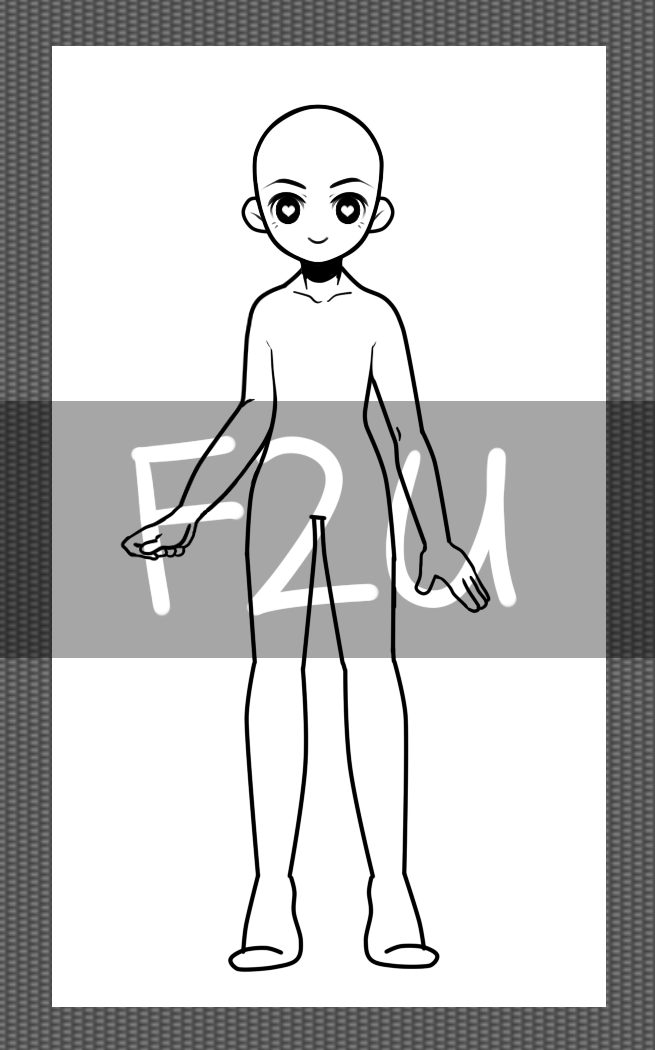


For example, if color has been used to create strong contrasts in certain areas of an artwork, students might follow this observation with a thoughtful assumption about why this is the case – perhaps a deliberate attempt by the artist to draw attention to a focal point, helping to convey thematic ideas.Īlthough description is an important part of a formal analysis, description is not enough on its own.

Students should demonstrate higher order thinking – the ability to analyse, evaluate and synthesize information and ideas. To gain high marks, students must move beyond stating the obvious and add perceptive, personal insight.
ART BASE ONE PERSON SERIES
Think of the object as a series of decisions that an artist made. Instructors who assign formal analyses want you to look-and look carefully. Looking critically at the work of others allows students to understand compositional devices and then explore these in their own art. This is one of the best ways for students to learn. Why do we study art?Īlmost all high school art students carry out critical analysis of artist work, in conjunction with creating practical work. International GCSE artist analysis example: The image above shows part of an A* IGSCE Art and Design sketchbook page analysing the work of Jim Dine, by Rhea Maheshwari, ACG Parnell College. Copying, sharing, uploading or distributing this article (or the PDF) in any other way is not permitted. To share this material with others, please use the social media buttons at the bottom of this page.
ART BASE ONE PERSON FREE
This may be used free of charge in a classroom situation.
ART BASE ONE PERSON PDF
It combines advice from art analysis textbooks as well as from high school art teachers who have first-hand experience teaching these concepts to students.ĬOPYRIGHT NOTE: This material is available as a printable art analysis PDF handout. The questions include a wide range of specialist art terms, prompting students to use subject-specific vocabulary in their responses. It contains a list of questions to guide students through the process of analyzing visual material of any kind, including drawing, painting, mixed media, graphic design, sculpture, printmaking, architecture, photography, textiles, fashion and so on (the word ‘artwork’ in this article is all-encompassing). Kimi to Boku and it's characters were created and drawn by Kiichi Hotta.This article has been written for high school art students who are working upon a critical study of art, sketchbook annotation or an essay-based artist study. If the artist of the original image wishes for this base to be removed, I shall take it down.

Of course I would appreciate a favourite as it's a form of feedback, but it's optional. NOTE: This is a base which is unsuitable for novice MS Paint users as it is a vector base (smooth lines, rather than pixels), but you're still allowed to give it a shot! I'm not stopping you! Please link back your finished work, so I can see it! Please do not spend only a few minutes on this. When you're done, please credit me for the base! There's nothing worse than plagiarism on art-sharing sites. Please do not re-upload this base (Because that's stealing. You do not need to ask me if you can use them, just go and create! Any kind of editing is allowed! The original picture was of the boys from Kimi to Boku! If you haven't seen the anime or read the manga, I really recommend you go and do so! You can add hair, eye colour and customise the book and clothes a little. I was thinking of charging points for this one, but I won't, because there's not really much to do with this base. I'm still sick, so that doesn't really help at all. Take away an hour and a half of procrastination, dinner, coughing and having to restart my laptop because it was playing up with the wifi, and I can say this took me 5 1/2 hours to make. First of all, I want to say that this took me FOREVER to make.


 0 kommentar(er)
0 kommentar(er)
